Official Swine ID – FAQ (Frequently Asked Questions)
With the USDA Animal Disease Traceability (ADT) rules now in place there is an increasing emphasis on livestock traceability within State and Federal agencies and the livestock industry. More and more producers are hearing about Official ID products and specifically to this article, how it pertains to swine.
There are two main categories when it comes to Official ID for Swine. There are “840” tags and there is the “Swine Premises Tag”. Below are the details and common questions for both.
840 Tags:
What is an 840 tag?
840 tags are USDA approved tags for official individual animal identification. They will have a unique 15 digit number that always starts with “840” which is the country code for the United States. A manufacturer has to be approved by the USDA to produce a specific 840 tag.
What is a common use for 840 tags in Swine?
Increasingly 840 tags are being required for Swine Shows, State and County Fairs and Auctions. They can also be used for Interstate Commerce.
How do I purchase 840 tags?
You must have a registered Premises ID before you can purchase 840 Tags. If you don’t have your Premises ID you should start with contacting your State Animal Health Agency. You can find your respective state’s contact information at the following link: http://www.usaha.org/Portals/6/StateAnimalHealthOfficials.pdf
Once you have your Premises ID you can order your 840 tags and tag applicator by Destron Fearing from Hog Slat. (See chart below)

Swine Premises (PIN) tags:
Why is a Swine Premises tag commonly referred to as a PIN tag?
Swine Premises tags are official location identification for cull breeding stock (cull sows and boars). The minimum requirement is for them to be used on cull breeding animals just prior to entering harvest channels from their farm of origin.
What does PIN stand for?
Premises Identification Number. It is a unique 7 character alpha-numeric national site identifier.
Can I use them for identifying feeder pigs/weaner pigs for movement and/or show pigs?
No, they are for use with animals in the breeding herd only.
Why was January 1st, 2015 important for Swine Premises tags?
That was the date that the swine industry and packers/processors agreed on to make PIN tags a requirement of sale. If a producer wants to receive full value for their cull breeding animals from that date forward, the animals need an Official Swine Premises tag in their ear before leaving their farm of origin.
When should I apply the PIN tags to my animals?
Most producers are applying them to new breeding animals as they enter the breeding herd and are using it as their management tag. You may also apply them when culling an animal from the farm, just prior to the animal entering harvest channels.
How do I purchase Swine Premises (PIN) tags?
You must have a registered Premises ID (National 7 character alpha-numeric ID) before you can purchase Swine Premises Tags. If you don’t have your Premises ID you should start with contacting your State Animal Health Agency. You can find your respective state’s contact information at the following link: http://www.usaha.org/Portals/6/StateAnimalHealthOfficials.pdf
Once you have your Premises ID you can order your Swine Premises tags and tag applicator by Destron Fearing™ from Hog Slat. (See chart below)
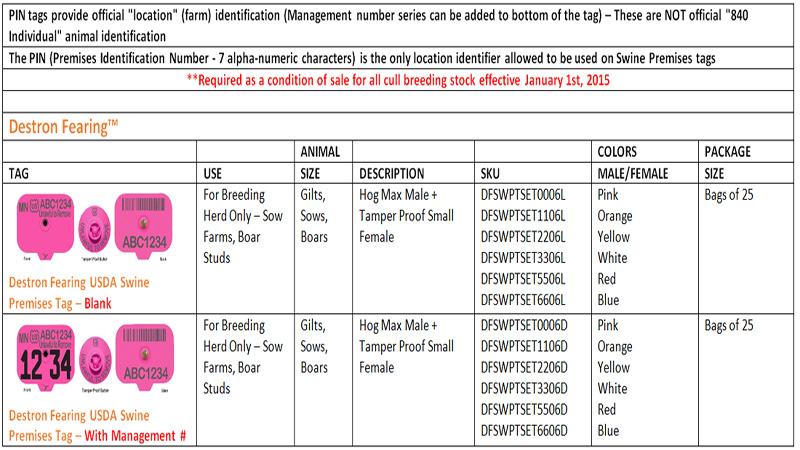
Hog Slat also offers a wide selection of Destron Fearing™ livestock identification tags for your cattle, swine, sheep and goats. Click here to shop the entire line of animal identification tags and accessories.












 Україна
Україна Méjico
Méjico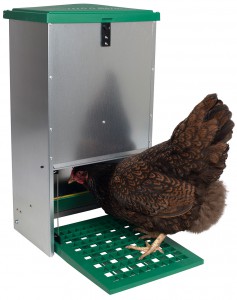
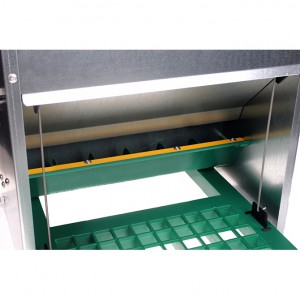 res several refinements to limit feed loss as the chickens are eating. Solid plastic dividers prevent feed from piling up in the corners and falling out. A feed-saving plastic lip on the trough keeps birds from “raking” feed out of the trough as they eat.
res several refinements to limit feed loss as the chickens are eating. Solid plastic dividers prevent feed from piling up in the corners and falling out. A feed-saving plastic lip on the trough keeps birds from “raking” feed out of the trough as they eat. cted of 20 ga. galvanized steel, the Feed-O-Matic holds 26.5 pounds of feed. A plastic lid keeps the feed hopper clean with a snap latch to secure it.
cted of 20 ga. galvanized steel, the Feed-O-Matic holds 26.5 pounds of feed. A plastic lid keeps the feed hopper clean with a snap latch to secure it. Hog Slat’s introduction of the Poly Lamp improves several features of plastic heat lamp shades used in swine farrowing houses. Plastic heat lamp shades have become popular since being introduced several years ago. Polypropylene shades don’t dent or corrode like aluminum shades. Plastic shades also have a some cushion or “bounce” when knocked against the crate or creep panels reducing bulb breakage.
Hog Slat’s introduction of the Poly Lamp improves several features of plastic heat lamp shades used in swine farrowing houses. Plastic heat lamp shades have become popular since being introduced several years ago. Polypropylene shades don’t dent or corrode like aluminum shades. Plastic shades also have a some cushion or “bounce” when knocked against the crate or creep panels reducing bulb breakage.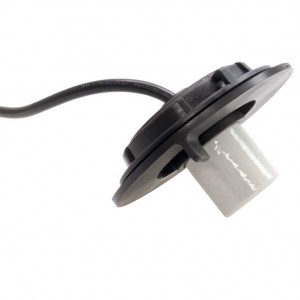 First, the nylon fixture screws together on the shade top, instead bolting. The two-piece fixture reduces breakage occurring with the bolt-on style of earlier models.
First, the nylon fixture screws together on the shade top, instead bolting. The two-piece fixture reduces breakage occurring with the bolt-on style of earlier models.
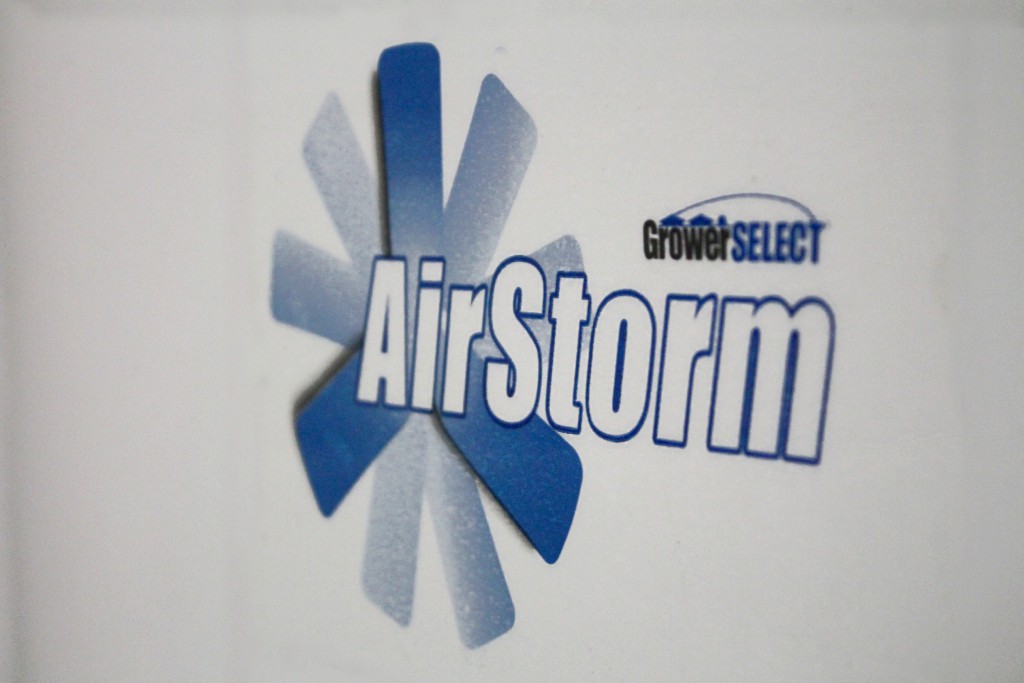
 Quality starts with Resin Transfer Molded (RTM) fiberglass housings. Fiberglass parts produced by a RTM process have two finished surfaces and high glass-to-resin ratio. The result is a very finished looking product with high weight-to-strength characteristics. A direct side-by-side comparison of competitive brands shows AirStorm housings to be noticeably thicker. Polyethylene discharge cones reduce weight and cost.
Quality starts with Resin Transfer Molded (RTM) fiberglass housings. Fiberglass parts produced by a RTM process have two finished surfaces and high glass-to-resin ratio. The result is a very finished looking product with high weight-to-strength characteristics. A direct side-by-side comparison of competitive brands shows AirStorm housings to be noticeably thicker. Polyethylene discharge cones reduce weight and cost.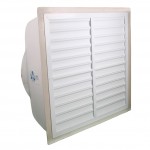
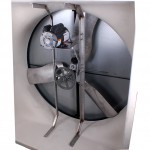 Heavy-weight, stainless steel motor mounts, and hardware offer more protection from rust and corrosion than comparable aluminum mounts. Stainless Steel (36″ & 54″) or composite (24″) props outlast plastic or aluminum and stay “in-balance” through actual on-farm conditions. High service factor motors provide protection against varying line voltages common with rural power sources.
Heavy-weight, stainless steel motor mounts, and hardware offer more protection from rust and corrosion than comparable aluminum mounts. Stainless Steel (36″ & 54″) or composite (24″) props outlast plastic or aluminum and stay “in-balance” through actual on-farm conditions. High service factor motors provide protection against varying line voltages common with rural power sources.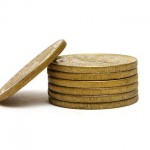 The lower purchase price of AirStorm fans results from a different type of distribution model. The traditional marketing channel for ventilation equipment consists of a manufacturer selling fans to a local dealer who marks the price up before selling to livestock producers. The cost of AirStorm fans is lower because we manufacture and sell directly to the end user. Hog Slat controls the distribution chain from start(manufacturing and sourcing) to finish (sale to the end user) and can limit the amount of “stacked margins” in the final purchase price. (
The lower purchase price of AirStorm fans results from a different type of distribution model. The traditional marketing channel for ventilation equipment consists of a manufacturer selling fans to a local dealer who marks the price up before selling to livestock producers. The cost of AirStorm fans is lower because we manufacture and sell directly to the end user. Hog Slat controls the distribution chain from start(manufacturing and sourcing) to finish (sale to the end user) and can limit the amount of “stacked margins” in the final purchase price. (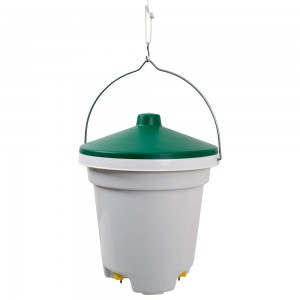
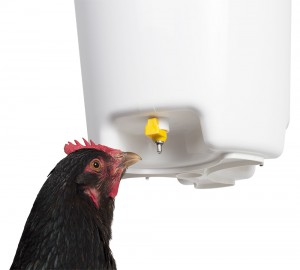
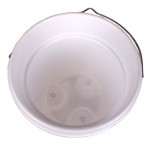 A second benefit of the Ultimate Bucket Drinker is raised watering nipples. This raised design prevents any dirt or debris that is in the water to plug the watering nipples. Instead, any dirt or debris in the water will settle to the bottom corners of the bucket.
A second benefit of the Ultimate Bucket Drinker is raised watering nipples. This raised design prevents any dirt or debris that is in the water to plug the watering nipples. Instead, any dirt or debris in the water will settle to the bottom corners of the bucket.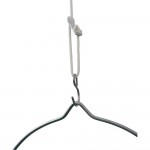 hanging cord, allowing you to regulate the ideal drinking height as your chickens grow.
hanging cord, allowing you to regulate the ideal drinking height as your chickens grow.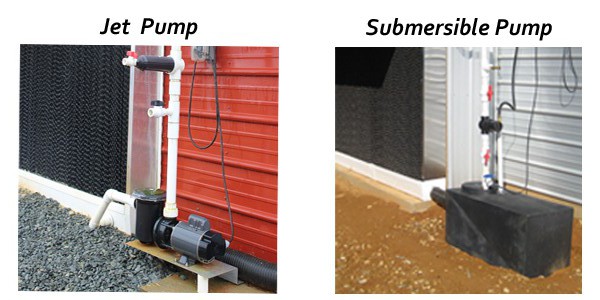
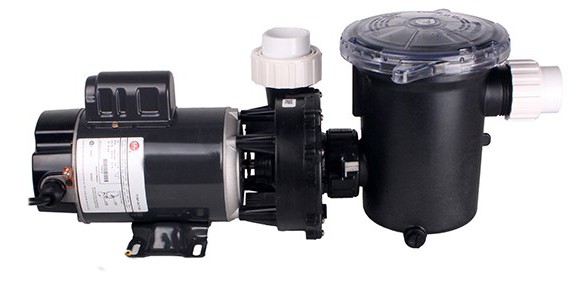
 Appropriate maintenance and troubleshooting of a Grow-Disk chain feeding system will lead to smooth operation and a longer lifetime of the components.
Appropriate maintenance and troubleshooting of a Grow-Disk chain feeding system will lead to smooth operation and a longer lifetime of the components.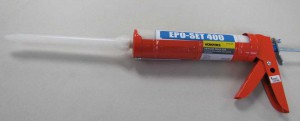
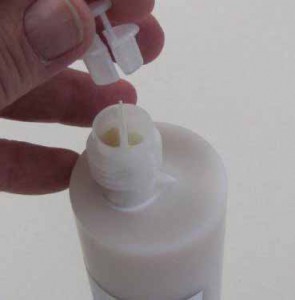

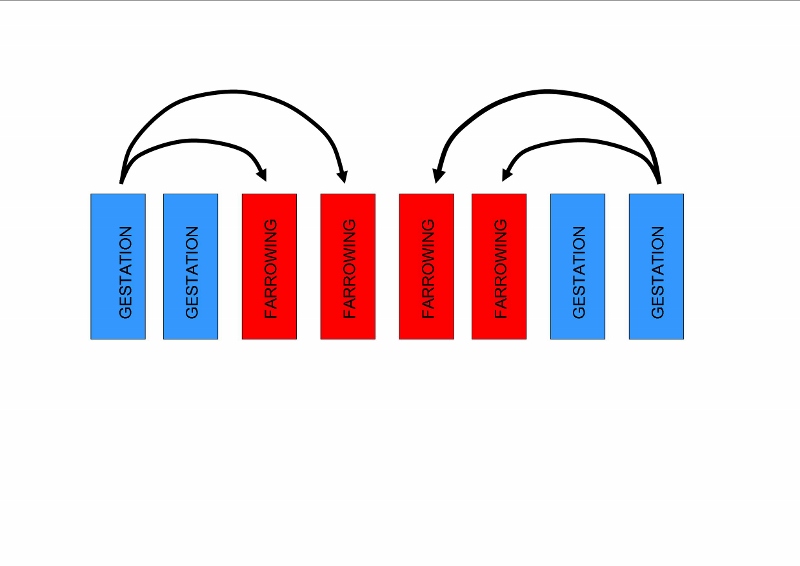

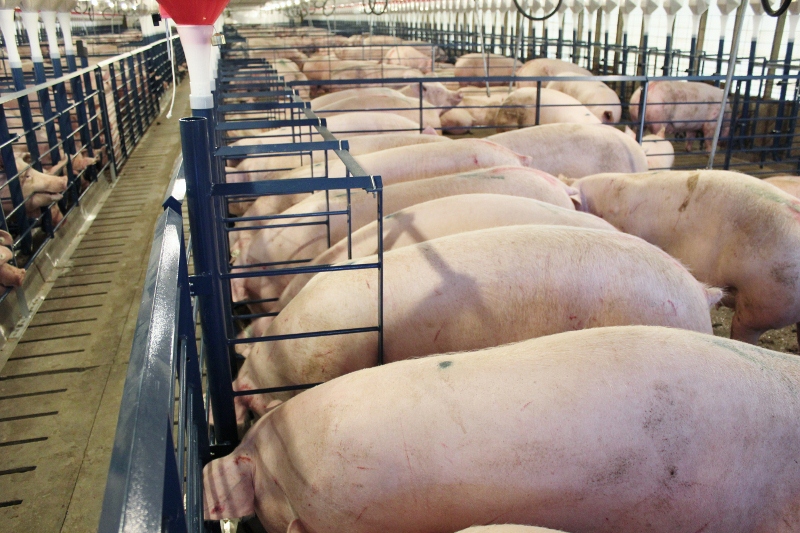

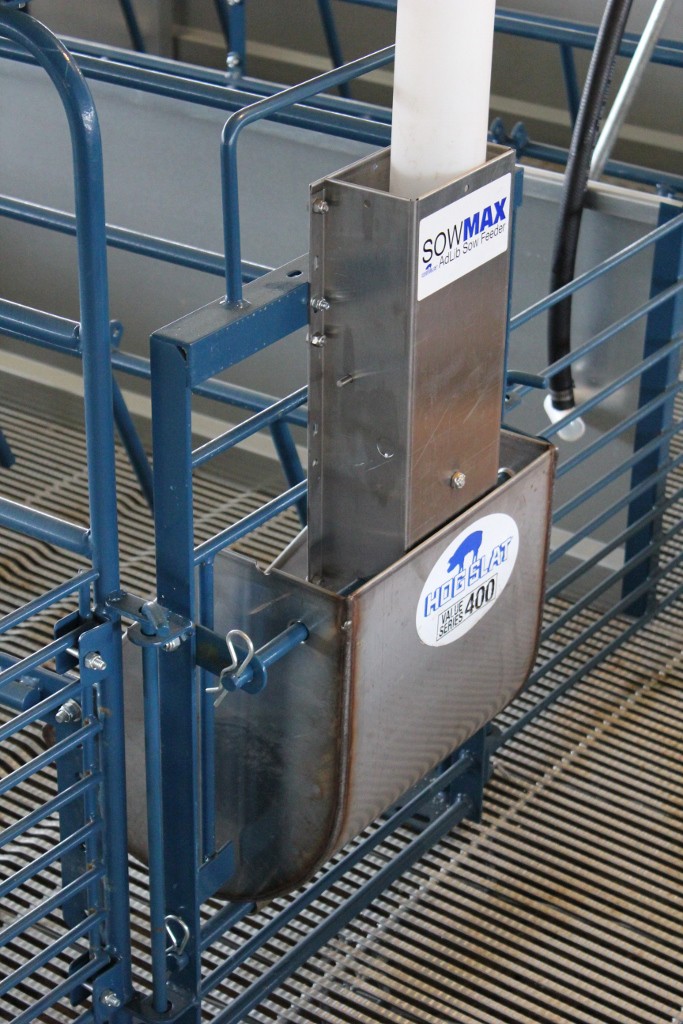 Russ explained Prestage’s previous experience with SowMAX, “We just do a better job feeding sows in lactation with the SowMAX. It eliminates any guess work; we just fill the hoppers twice a day and the sows eat to appetite. They can eat at night during hot weather, and we know they are getting all the feed they want even on the weekends.”
Russ explained Prestage’s previous experience with SowMAX, “We just do a better job feeding sows in lactation with the SowMAX. It eliminates any guess work; we just fill the hoppers twice a day and the sows eat to appetite. They can eat at night during hot weather, and we know they are getting all the feed they want even on the weekends.”



